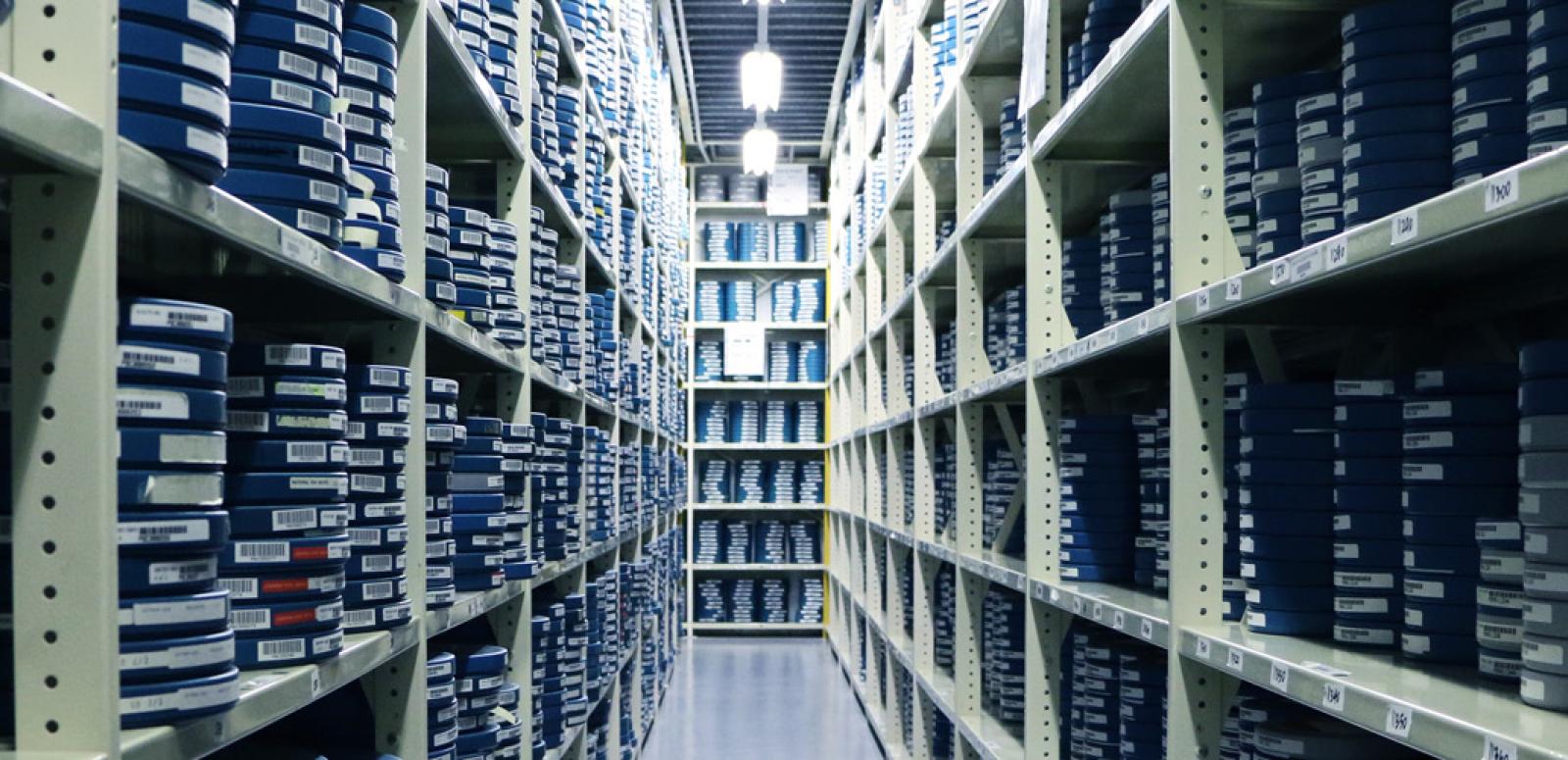

Annual Report 2015-16
Purpose 4: Maximising and Increasing our resources
This section reports against our corporate services and Strategic Priority 5: Maximising and increasing our resources. We are focused on optimising the potential of our people, entering innovative collaborations, managing assets prudently, and increasing our financial resources to deliver the best possible outcomes for all Australians.
Results: MAXIMISING AND INCREASING OUR RESOURCES

Pathway 4.5.1 BUSINESS SYSTEMS
We have participated in the following specific whole-of-Australian-government procurement arrangements:
- major office machines
- legal services
- cloud services panel
- phase 1 travel
- the supply of electricity.
Phase 2 travel arrangements are likely to be implemented next financial year. Before undertaking any significant procurement, we review AusTender for any multi-agency access arrangements.
| Criterion source: 2015–16 Corporate Plan page 14 |

The e-recruitment system has been implemented across the organisation for all internal and external recruitment functions. The system can track each step of the recruitment process, including identifying where there may be delays in the process. The ability to achieve delegate approval online has improved timeframes for recruitment actions.
| Criterion source: 2015–16 Corporate Plan page 14 |

Pathway 4.5.2 PEOPLE STRATEGY
We implemented the e-learn hub, which provides for approximately 15 APS compliance training modules. Staff will continue to be trained on essential training topics to improve the current level of education around topics such as privacy, work health and safety, cultural awareness, diversity, bullying and harassment, archiving rules and security awareness.
| Criterion source: 2015–16 Corporate Plan page 14 |

The Senior Leadership Team undertook an in-depth leadership training program over a period of four months. The program included leadership traits and strengths development, as well as a 360-degree assessment tool and feedback. Further executive coaching has been offered to individuals, and leadership training will be extended into the new financial year. The online training tool, Lynda.com, has been received positively across the organisation and provides another avenue for leadership training for all staff.
| Criterion source: 2015–16 Corporate Plan page 14 |

Pathway 4.5.3 FUNDING AND STAKEHOLDER DEVELOPMENT
A Funding and Stakeholder Development team was set up in October 2015 to develop and implement a fundraising program. The following key outcomes were achieved:
- implementation of a Fundraising and Relationship Management Database System in December 2015 (finalisation of a six-month project)
- development of a three-year Fundraising Strategic Plan approved by the Funding and Stakeholder Development Board Subcommittee in March 2016
- ongoing development of a digital fundraising capability, including website, social media and crowdfunding platforms
- development of Major Donors and Bequest programs
- development of an NFSA Ambassador program, with Margaret Pomeranz announced as the NFSA’s first Ambassador at the Melbourne International Film Festival in August 2015 (see the snapshot on page 51).
- negotiation and delivery of several partnerships and sponsorships with various film festivals and key industry organisations
- a successful NFSA Restores crowdfunding campaign that raised over $25,000 for the digital restoration of the film, Proof (Jocelyn Moorhouse, 1991).
| Criterion source: 2015–16 Corporate Plan page 14 |

Pathway 4.5.4 MANAGING OUR SITES
A paper outlining the way forward was approved by the Board on 6 June 2016. Proposed activities for the short term (the next six months), medium-term (one–three years) and long-term (five years) were agreed.
| Criterion source: 2015–16 Corporate Plan page 14 |

Pathway 4.5.5 EXPENDITURE BREAKDOWN
Total expenditure for the year was $32.2m which included:
- employee-related expenses of $16.8m. This included payments for salaries, wages, superannuation and leave entitlements. As well as separation and redundancy payments of $1m.
- supplier expenses and other expenses of $6.4m. Supplier expenses included payments for property operating and maintenance, consultants and contracts, travel, information technology services and other general supplier expenditure.
- depreciation and amortisation of $9.0m. Amortisation expenditure included amounts incurred on computer software and licences. Depreciation expenditure was incurred on buildings, infrastructure, plant and equipment, and heritage and cultural assets. Although other depreciation is funded through revenue from government, depreciation expense of $5.9m incurred on the national collection is not funded under the government appropriation.
The table above demonstrates that we successfully maximised our use of resources during the year and focused expenditure on our main purposes with 53% of expenditure being incurred on collection development activities and 26% of expenditure being spent on other labour costs, which included providing access to the collection and providing community engagement activities. Both of these levels of expenditure exceeded our targets. This resulted in levels of expenditure on other capital items and other expenses being contained with the results being favourably below target.
| Criterion source: Program 1.1, 2015–16 Portfolio Budget Statements page 377, cross-agency performance indicator |
Analysis of results:
Maximising and increasing our resources
Key achievements
- The implementation of many integrated business systems including e-recruitment and travel has ensured that transactional and compliance processes can now be conducted in a more efficient and timely manner freeing up resources to focus on priority activities.
- The implementation of the leadership program and the on-line training system has ensured that our people have the opportunity to develop their skills and capabilities as well as meet the APS compliance requirements in the most efficient manner.
- The development of the fundraising strategic plan has provided a framework for our focus on fundraising and stakeholder development activities. This has already achieved positive returns in the successful launch of the NFSA Ambassador program and NFSA Restores crowdfunding campaign. This groundwork leaves us well placed to maximise fundraising resources from fundraising in the future.
- The current property footprint has been reviewed and a way forward for the development of a site master plan has been approved by the Board. The plan will ensure that maximum benefits in terms of achieving our purposes are realised from the resources used on our future property footprint.
- As a result of expenditure this year the NFSA is well placed to meet the financial challenges of future years. The total income for the year was $31.7m compared to total expenses of $32.2m. The resulting deficit attributable to the Australian Government was $0.5m, which included gains as donations to the collection of $4.6m and depreciation and amortisation charges of $9.0m. An asset revaluation at 30 June 2016 resulted in an increase to the asset revaluation surplus of $18.2m giving a total comprehensive income attributable to the Australian Government for the year of $17.7m. Although the overall result for the financial year was a deficit of $0.5m, on continuing operations, expenditure incurred this year will ensure that the NFSA is well placed to meet the financial challenges of the future.
- The NFSA ended the financial year in a strong financial position with net assets of $297m comprising of :
- Cash – during the year the overall underlying cash position increased by $0.5m. The opening cash and deposits balance at 1 July 2015 was $6.7m. This had increased to $7.3m by 30 June 2016.
- Total assets – the value of the total assets increased from $284.5m at 30 June 2015 to $301.9m at 30 June 2016. This increase was due mainly to an $18.4m increase in the value of the collection. A review of the collection was conducted by independent valuers at 30 June 2016, who determined that the collection had maintained its 30 June 2013 value. Therefore the depreciation that had been charged during the three year period since the last valuation was not required. This resulted in a change to the asset revaluation surplus of $18.2m.
- Non-financial assets (excluding heritage and cultural assets)including:
- $35.6m of land and buildings. These include collection storage accommodation, heritage buildings and staff accommodation. The value also includes leasehold improvements made to lease properties, particularly the Melbourne and Sydney offices.
- $6.6m of property, plant and equipment. No indications of impairment were identified for these assets.
- $2.2m of intangibles. These include both internally developed and purchased software and non-theatrical screening licences.
- $0.5m of inventories. These include preservation materials, packaging and distribution materials held for consumption.
- $0.4m of other non-financial assets, representing mainly pre-payments made.
- Liabilities are maintained at a relatively low level ($4.8m), consisting mainly of provisions ($3.3m) which include employee leave provisions and provisions for restoration obligations for leased properties. Apart from provisions, the remaining liabilities are supplier payables of $1.0m including trade creditors and accruals, and other payables of $0.5m, comprising mainly of accrued salaries and wages and redundancies.
Challenges
- Forecast decreases in revenue in future years will require future reductions in employee benefit and supplier expenditure. This will be possible following a reduction in staff numbers as a result of expenditure on a voluntary redundancy program during the 2015–16 year.
- A reduction in staff numbers will require our staff to “do more with less” by finding innovative ways of working and continue to develop as a workforce which is efficient, agile and resilient.
- Forecast decreases in revenues generated from some existing activities will require us to explore new and innovative ways of generating revenue from new sources.
Snapshot 3
Presenting...NFSA Ambassador, Margaret Pomeranz
Our very first NFSA Ambassador – film critic and screen industry champion, Margaret Pomeranz AM – was welcomed at a star-studded event at the Melbourne International Film Festival on 31 July 2015.
In her speech, Margaret said, “I am passionate about our screen heritage and I’m aware of how fragile it is.”
“In my role as NFSA Ambassador I want to focus attention on how crucial it is to preserve that heritage so it can be shared and enjoyed – not only by this generation but by many future ones.”
“It is such an important part of Australia, and I urge people to join me in supporting the NFSA.”
Guests at the event included award-winning actors, David Gulpilil, Sarah Snook and Shahana Goswani, as well as legendary film directors, Rolf de Heer and Paul Cox (1940–2016).
We co-presented the David Gulpilil Retrospective at the festival which featured 10 films from the national collection, including the digitally restored Storm Boy (Safran, 1976). The ‘In conversation’ event with Margaret Pomeranz and David Gulpilil was a sellout.
The announcement of our first NFSA Ambassador reached a total audience of over 1.5 million people, with Margaret appearing on Network Ten’s The Project and the ABC’s Arts and News 24 programs. As our Ambassador, Margaret will help to promote the NFSA and our activities, and support our fundraising and sponsorship campaigns.
The National Film and Sound Archive of Australia acknowledges Australia’s Aboriginal and Torres Strait Islander peoples as the Traditional Custodians of the land on which we work and live and gives respect to their Elders both past and present.